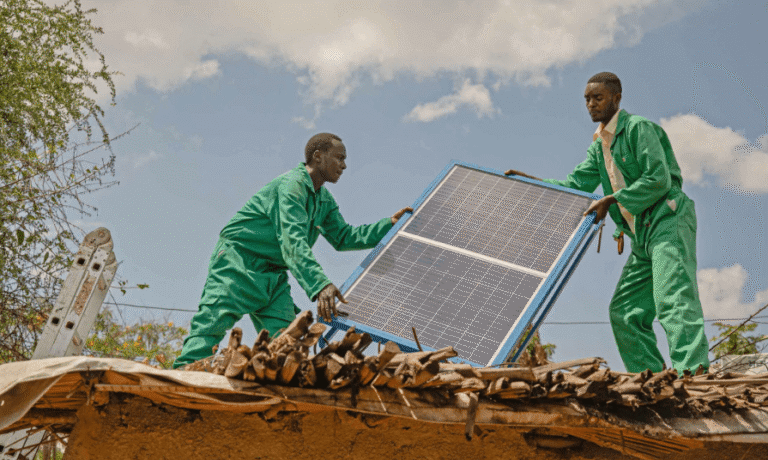The Role of Tech in Environmental Monitoring and Conservation
Technology has fundamentally transformed environmental monitoring and conservation practices. Satellite imagery provides comprehensive insights into land use changes, while drones facilitate precise wildlife tracking. Moreover, the integration of Big Data and artificial intelligence offers unprecedented capabilities for real-time analysis and predictive modeling. These advancements not only enhance efficiency but also foster collaboration among various stakeholders. However, the implications of these technologies extend beyond mere data collection. What challenges and opportunities lie ahead in this evolving landscape?
Satellite Technology and Remote Sensing
As environmental challenges escalate globally, satellite technology and remote sensing have emerged as critical tools for monitoring and managing natural resources.
Satellite imagery provides detailed, real-time data, enabling precise analysis of land use, deforestation, and climate change impacts.
Remote sensing enhances capabilities by detecting changes over time, facilitating informed decision-making for conservation efforts, and promoting sustainable practices that align with the audience’s desire for environmental freedom.
Drones in Wildlife Monitoring
The application of drones in wildlife monitoring represents a significant advancement in conservation technology, complementing satellite imagery and remote sensing.
Drones enhance wildlife tracking through their unique capabilities, such as real-time data collection and aerial surveillance. This technology allows researchers to monitor animal behaviors, assess habitats, and evaluate population dynamics without disturbing ecosystems.
Ultimately, this contributes to more effective conservation efforts and informed decision-making.
Big Data and Artificial Intelligence in Conservation
While traditional conservation methods have relied heavily on field observations and manual data collection, the integration of Big Data and Artificial Intelligence (AI) has revolutionized the approach to environmental monitoring and management.
Machine learning applications and predictive analytics tools facilitate real-time data processing, enabling more accurate species tracking and habitat assessments.
This technological evolution empowers conservationists to make informed decisions, enhancing overall ecosystem resilience.
Case Studies of Successful Tech Implementations
Although many conservation efforts have historically been hampered by limited resources and outdated methodologies, recent case studies demonstrate the transformative impact of technology on environmental monitoring and conservation strategies.
Successful implementations of smart sensors have enabled real-time data collection, while mobile applications have facilitated community engagement and reporting. These advancements empower stakeholders to make informed decisions, ultimately fostering a more sustainable relationship with the environment.
Conclusion
In the intricate tapestry of environmental conservation, technology serves as a vital thread, weaving together diverse tools and methodologies. Satellite imagery casts a watchful eye over vast landscapes, while drones flit like modern sentinels, monitoring wildlife with precision. The synergy of Big Data and artificial intelligence illuminates pathways for informed decision-making. As these innovations converge, they forge a robust framework for proactive conservation efforts, ensuring that the delicate balance of ecosystems is preserved for generations to come.




